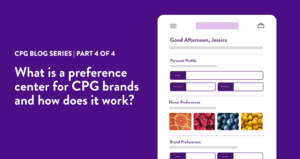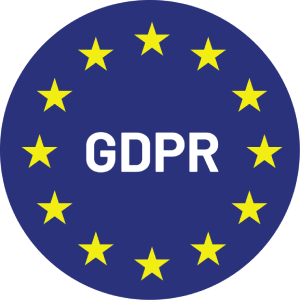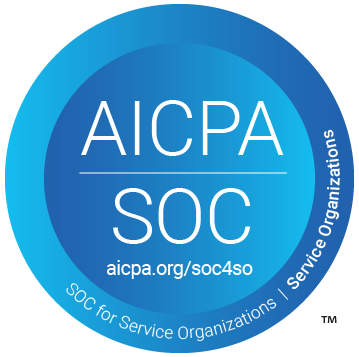A preference center is a one-stop shop where customers can view and manage the data a brand has about them. They can also change their user preferences, such as frequency of contact or which communication channels to use.
CPG brands today have unprecedented access to their customers. Instead of selling exclusively through third-party retailers, you can build direct relationships with their audience. But that means you need a robust privacy strategy so that customers feel in control of their data.
In this post, we’ll take a detailed look at how preference centers work—plus, how to set up your own.
What are preference centers?
The first thing most people think of when they hear the words “preference center” is “opt-out center”. It conjures images of unsubscribing from emails and switching off social media notifications.
But preference centers are a lot more than consent management. They’re a hub for zero-party data. As well as recording communication preferences, they can also help you learn customers’ product needs, interests, style, personal goals, and values.
“As consumers, we want personalized, relevant relationships and communications with the brands we love,” says Wendell Lansford, CEO and Co-Founder at Wyng. “However, we also want to be in control of the data. We want those relationships on our own terms.”
Preference centers allow customers to look at the information you have about them. They can correct it, delete it, and tailor it for the best customer experience possible.
You might be reading this and worrying that your customers will opt out of marketing completely. But that’s not how it works in practice. Preference centers can result in enhanced customer engagement, retention, and data quality. They also protect brands from breaching privacy legislation or sending poorly-targeted messages.
A 2023 survey found that consumers were happy to share detailed personal information with brands when they received value in return. Even better, they were prepared to share their location and product preferences—two of the most important data points for CPG brands.
How one CPG brand uses preference centers
In a Wyng webinar, we asked Jennifer Peters, Director of D2C, Martech, and Digital Compliance at OLLY, how they use preference centers.
“It’s a huge win for consumers to have control of their data in ways that they never did before,” she explains. OLLY have used preference centers to target their marketing and empower consumers at the same time. “There’s a lot of great opportunities for editing customers on their rights,” Jennifer explains. “But the flipside is that a lot of consumers don’t like [marketing without personalization data] because it’s not personalized enough.” The preference center means that OLLY customers get personalized communications, while still retaining overall control.
In the process, the vitamin brand has learned that they don’t need a huge client database or a wide range of data points. “Unlike their ecommerce counterparts, which are rich with data, CPGs are often data-poor,” Wendell notes. “Starting with an email opt-in helps build an owned audience.” That can be the seed of a flourishing relationship with the brand.
“The goal is not to have the biggest list,” agrees Jennifer. “The goal is to have the cleanest list.”
In OLLY’s preference center, customers can decide how and when they want to hear from the brand. They can make changes at any time, so they feel empowered and interested in every message they receive. OLLY can respond to the information they’ve shared with relevant messaging, offers, and digital experiences. OLLY’s preference center achieves the holy trinity of CPG customer loyalty: emotional connections, reward structures, and creative ways to keep customers engaged.
How to set up a CPG preference center
Privacy regulations are getting more complex every day. But there are tools available that can help create a preference center which works for your customers. OLLY use a combination of Ketch, a data privacy management platform, alongside data-collection campaigns. That means they can engage and reward customers, while feeding zero-party data straight into a secure system.
Every CPG brand will have its own preference center requirements. Here are a few essentials to get you started:
- Think beyond opt-in and opt-out. Smart brands give customers the option to “opt down”: choosing the frequency or channel of communications, instead of shutting them down altogether.
- We’ve all experienced the frustration of a subscription you can’t cancel or an account you can’t close. Give customers a clear pathway through the preference center; don’t try to hide options from them.
- Bear in mind that consumer preferences can change over time—or even to match the seasons. Give people the option to pause messaging during busy periods or seasonal events that they don’t plan to celebrate.
- Your preference center is a customer touchpoint, so it should be branded just like any other interaction. Customize the design with your brand image and tone of voice.
- Only collect information that you plan to use. Once they’ve shared something with you, customers will expect to get value in return. For example, if someone tells you that they prefer to communicate via email, don’t try calling them.
- Include links to your privacy policy and any other relevant documentation. Most customers won’t read it, but they’ll be reassured to know it’s there.
Make it easy for customers to tell you about their preferences. For example, instead of written quizzes, you can use visual question components so that people just tap the pictures which represent their product needs or preferences.
Get started with zero-party customer data
Preference centers are the secret behind effective personalization for CPG brands. Customers can use the preference center to tell you exactly what works for them, from their preferred communication channels to their favorite flavors.
Wyng is the interactive marketing platform that helps you collect zero-party data. You can build engaging experiences to inform your personalized campaigns—then collect the data in a secure preference center. Join us and start empowering your customers today.
This is the fourth post in our series on privacy and personalization for CPG brands. Check out previous articles in this series, How CPG Brands Manage Privacy and Personalization in 2024, Preference-Based Personalization for CPG Brands, and The 4 Types of Consumer Data That CPG Brands Need to Know.






